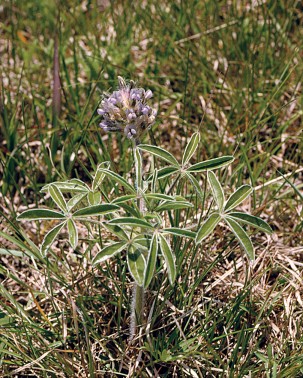
Canku Ota

(Many Paths)
An Online Newsletter Celebrating Native America
June 28, 2003 - Issue 90
![]()
Natural World Holds Cornucopia of Healthful Roots and Herbs
|
|
Canku Ota |
|
|
(Many Paths) |
||
|
An Online Newsletter Celebrating Native America |
||
|
June 28, 2003 - Issue 90 |
||
|
|
||
|
Natural World Holds Cornucopia of Healthful Roots and Herbs |
||
|
by Dorreen Yellow Bird Grand
Forks Herald
|
||
 I
have been sandwiched between two interviews with experts on native plants
and nutrition this week: Fred Schneider, the UND anthropology professor
who is retiring to Oklahoma; and Curtiss Hunt, a scientist in the U.S.
Department of Agriculture's human nutrition lab near the UND campus. I
have been sandwiched between two interviews with experts on native plants
and nutrition this week: Fred Schneider, the UND anthropology professor
who is retiring to Oklahoma; and Curtiss Hunt, a scientist in the U.S.
Department of Agriculture's human nutrition lab near the UND campus.
What I learned from them makes me want to plow up some black earth and plant native squash, corn, beans and sunflowers. Then I would want to just sit there and watch the miracles grow. Hunt is working on trace minerals in the earth that affect our bodies. He is particularly interested the element boron and how it works in remedying rheumatoid arthritis and other diseases. Avocados are the top producers of boron. That's good, I said to myself as I listened to him, because I like avocados especially made into dip. I have a bit of arthritis in my knee. While talking with both men, I couldn't help but think about the wild roots and herbs that my grandmother, uncles and family used to harvest and cook. There was one plant that my grandmother picked that she called "pig weed" - not a very appetizing name, but it tasted good; something like spinach. She cooked it with salt pork. There are ways of cooking milk weed and nettles that make them tasty, too, the uncles told me. Nettles can cause a rash on most people, if you touch them. I remember one uncle telling the women who were fixing some of the more noxious plants that they needed to make sure that they were soaking, washing and cooking the plants correctly. So some of these edible plants should have a warning sign attached. One of my Hidatsa friend's grandmother told me that they used to get tubers from under a certain tree and cook them. They taste just like potatoes, she told me. I never tried them. The prairie turnip is quite common in western North Dakota. They are somewhat less tasty than other wild plants, but then our taste buds are bombarded with foods such as pizza, Coke, spicy sausage and the like, which probably means most of these kinds of plants would taste quiet bland. My aunt told me she used to feed cooked prairie turnips to her mother-in-law when the mother-in-law was old and very ill. My aunt would cook it soft and add natural honey. It helped her relative's appetite and was nutritious, or as she said, "It's good for you." My children are naturally on guard when they hear me say those words. Some of these concoctions were used for healing, too. A friend of mind who was seriously ill with gangrene from his diabetes kept the disease at bay for nearly six months using herb medicines prescribed and fixed by one of the medicine men from Sisseton, S.D. When he finally went to the doctor, the doctor was amazed at how long he'd kept the disease from killing him. When he asked my friend what he had done to keep the gangrene from spreading, my friend said he used Indian medicine. Of course, the doctor wanted to know what he used. But my friend said that was something he couldn't share. This is one of the dilemmas of the knowledge some Indian people have acquired about healing roots and herbs. Most of the medicine men are reluctant and suspicious of people who want to know about their cures.
Medicine men who know and understand the medicinal powers of roots and herbs must also understand the ritual and prayers that go with the healing. Tragically, much of the knowledge of healing plants and roots is being lost because of the reluctance of healers to share that information. When one healer dies, we lose a volume of knowledge. The problem to be solved is how to preserve the ways of the healers and elders without commercializing the plant for money. How can we give healers opportunities to heal, without fearing someone will discover the healing powers of a root or herb and harvest it to extinction? It is going to be hard to find that middle road. |
|
|
||
|
|
||
| Canku Ota is a free Newsletter celebrating Native America, its traditions and accomplishments . We do not provide subscriber or visitor names to anyone. Some articles presented in Canku Ota may contain copyright material. We have received appropriate permissions for republishing any articles. Material appearing here is distributed without profit or monetary gain to those who have expressed an interest. This is in accordance with Title 17 U.S.C. Section 107. | ||
|
Canku Ota is a copyright © 2000, 2001, 2002, 2003 of Vicki Lockard and Paul Barry. |
||
 |
 |
|
|
The "Canku Ota - A Newsletter Celebrating Native America" web site and its design is the |
||
|
Copyright © 1999, 2000, 2001, 2002, 2003 of Paul C. Barry. |
||
|
All Rights Reserved. |
||